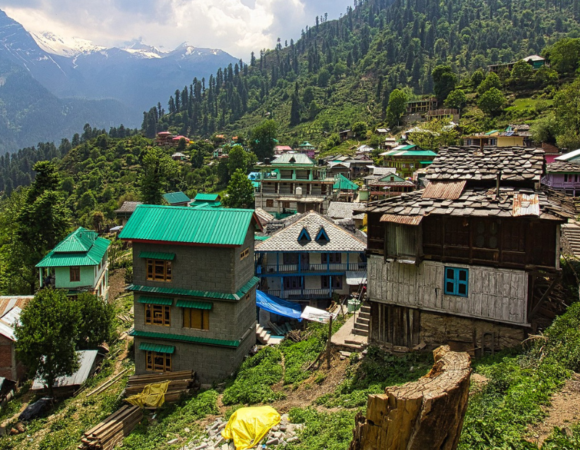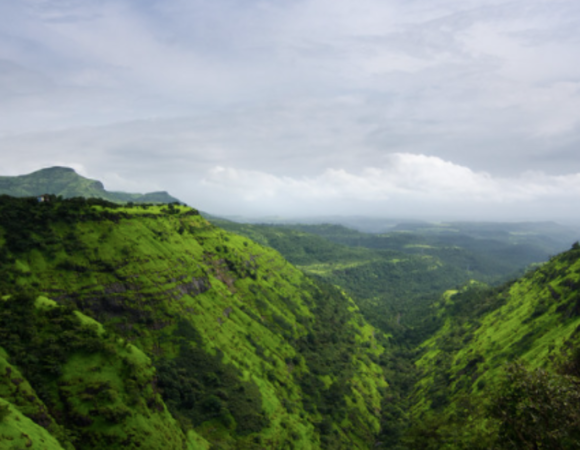Best Plant-Based Protein Sources for Trekkers
Best plant-based protein sources for trekkers include portable, nutrient-dense foods that provide sustained energy on the trail without weighing down your pack. This guide explores top options for maintaining strength and endurance during your adventures.
Table of Contents
ToggleAre you planning your next hiking adventure but worried about getting enough protein? Finding good plant-based protein for trekkers can be challenging. The right nutrition can make or break your trekking experience. This guide will help you discover the best plant-based protein sources for trekkers that are lightweight, nutritious, and delicious.
Why Protein Matters on the Trail

Protein is essential for muscle repair and energy on long treks. When you’re covering miles of challenging terrain, your body needs proper fuel. Plant-based protein for trekkers provides this fuel without the added weight of animal products.
Hiking puts significant strain on your muscles. Each step up a mountain requires energy and strength. Without adequate protein, your muscles can’t repair properly. This leads to fatigue and potential injury.
Plant-based protein sources offer several advantages for trekkers:
- They’re typically lighter than animal-based options
- Many don’t require refrigeration
- They provide complex carbohydrates along with protein
- They often contain fiber for digestive health
- They’re environmentally friendly
For multi-day treks, ensuring sufficient protein intake becomes even more crucial. Your body continuously breaks down and rebuilds muscle tissue. Without proper nutrition, recovery becomes difficult.
Top 10 Best Plant-Based Protein Sources for Trekkers
1. Nuts and Seeds
Nuts and seeds top the list of best plant-based protein sources for trekkers. They’re calorie-dense and packed with nutrients. A small handful provides substantial protein and healthy fats.
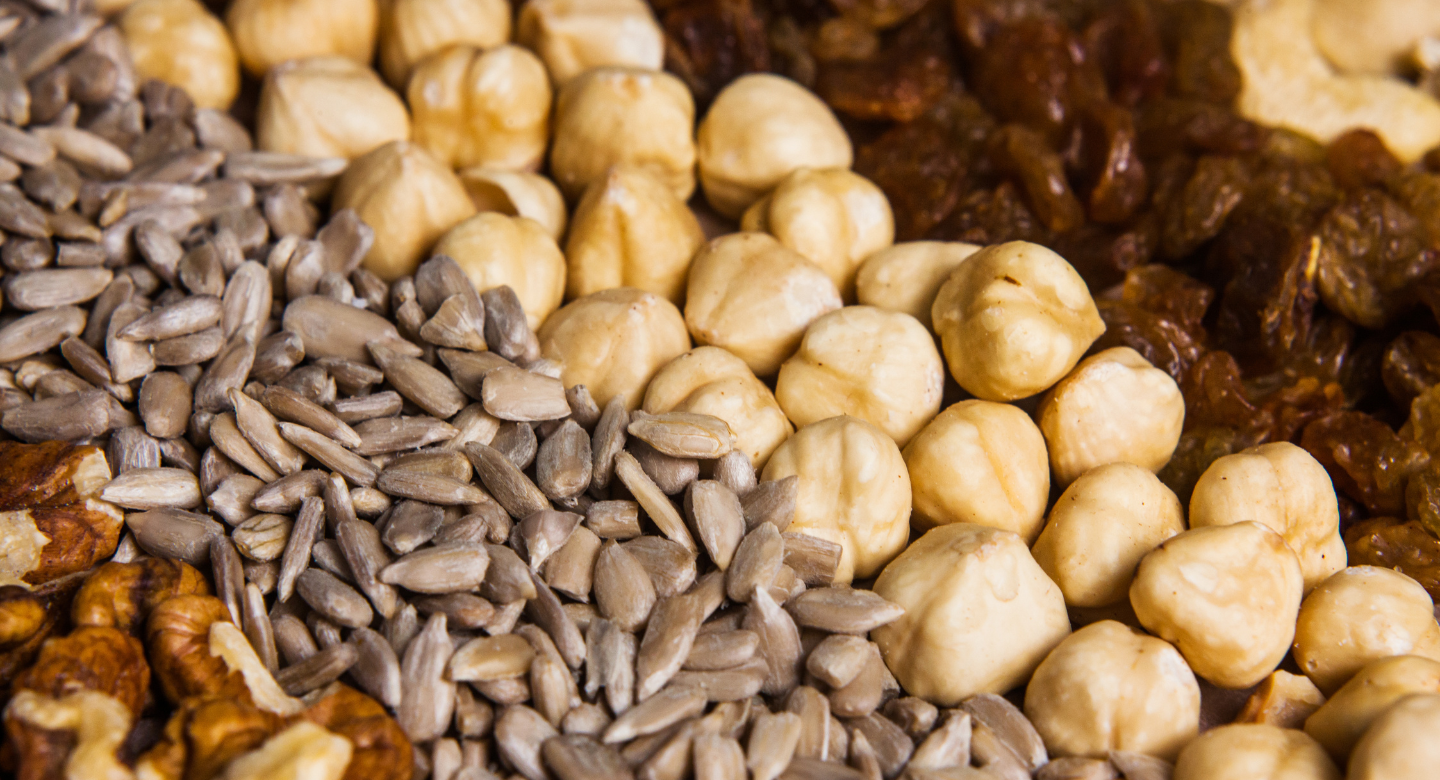
Some excellent options include:
- Almonds – 6g protein per ounce
- Walnuts – 4g protein per ounce
- Pumpkin seeds – 9g protein per ounce
- Sunflower seeds – 6g protein per ounce
- Chia seeds – 5g protein per ounce
Mix different nuts and seeds for variety. Add dried fruit for a perfect trail mix. This combination provides quick energy and lasting protein for your journey.
Nut butters also make excellent plant-based protein for trekkers. Pack small sachets of almond or peanut butter. They can transform a plain cracker into a protein-rich snack.
2. Dehydrated Beans and Lentils
Beans and lentils are protein powerhouses in the plant world. When dehydrated, they become lightweight and trail-friendly. They’re among the best plant-based protein sources for trekkers who can cook on the trail.
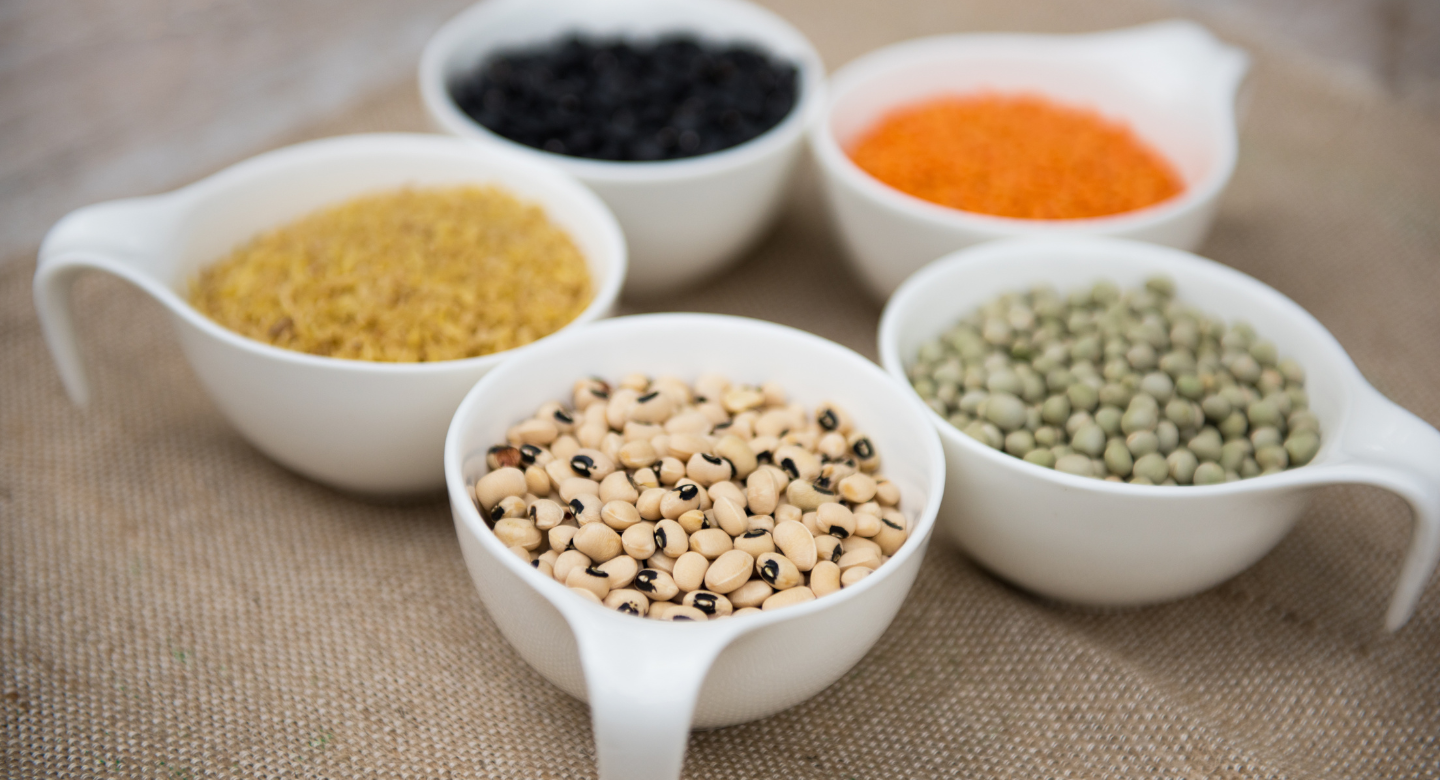
Pre-cooked and dehydrated options require minimal preparation:
- Just add hot water
- Ready in 5-10 minutes
- No lengthy cooking required
A single cup of rehydrated lentils provides about 18g of protein. They also deliver essential fiber and complex carbohydrates. This combination sustains energy levels throughout your trek.
Mix dehydrated beans with instant rice for a complete meal. Add spices or dehydrated vegetables for flavor. This creates a nutritious dinner after a long day of hiking.
3. Protein Powders
Plant-based protein powders offer convenience and versatility. They mix easily with water for a quick protein boost. Modern options taste great and dissolve well.

Popular plant-based protein powder options include:
- Pea protein – 20-25g protein per serving
- Hemp protein – 15-20g protein per serving
- Brown rice protein – 20g protein per serving
- Blended plant proteins – 20-30g protein per serving
Look for single-serving packets to avoid carrying a large container. These take up minimal space in your pack. They provide substantial plant-based protein for trekkers with minimal weight.
Add protein powder to oatmeal for a protein-packed breakfast. Mix it with water for a post-hike recovery drink. Some trekkers even add it to pancake mix for protein-rich trail pancakes.
4. TVP (Textured Vegetable Protein)
TVP deserves recognition among the best plant-based protein sources for trekkers. This soy-based product rehydrates quickly on the trail. It mimics the texture of ground meat.

The benefits of TVP include:
- Lightweight when dry
- 12g protein per 1/4 cup (dry)
- Neutral flavor that absorbs seasonings well
- Quick preparation time
- Long shelf life
Use TVP in trail tacos, pasta sauce, or chili. It adds substantial protein to any meal. The texture satisfies the desire for heartier food after a long day of hiking.
Pack small ziplock bags with pre-measured TVP. Add your favorite seasonings for ready-to-cook meals. This preparation saves time at camp.
5. Nutritional Yeast
Nutritional yeast might not be well-known among casual hikers. However, it’s one of the best plant-based protein sources for trekkers seeking flavor and nutrition. This yellow, flaky powder has a cheesy, nutty taste.

A two-tablespoon serving provides:
- 8g of complete protein
- B vitamins (often fortified with B12)
- Only 60 calories
- Savory umami flavor
Sprinkle nutritional yeast on pasta, rice, or vegetables. Use it to make vegan “cheese” sauce for comfort food on the trail. The flavor boost makes simple trail meals more satisfying.
Store nutritional yeast in a small, lightweight container. A little goes a long way in adding both protein and flavor. It’s an unsung hero of plant-based protein for trekkers.
6. Dried Edamame and Roasted Chickpeas
These crunchy snacks provide protein and satisfaction. They’re perfect for munching while hiking. No preparation needed—just reach into your pack and enjoy.
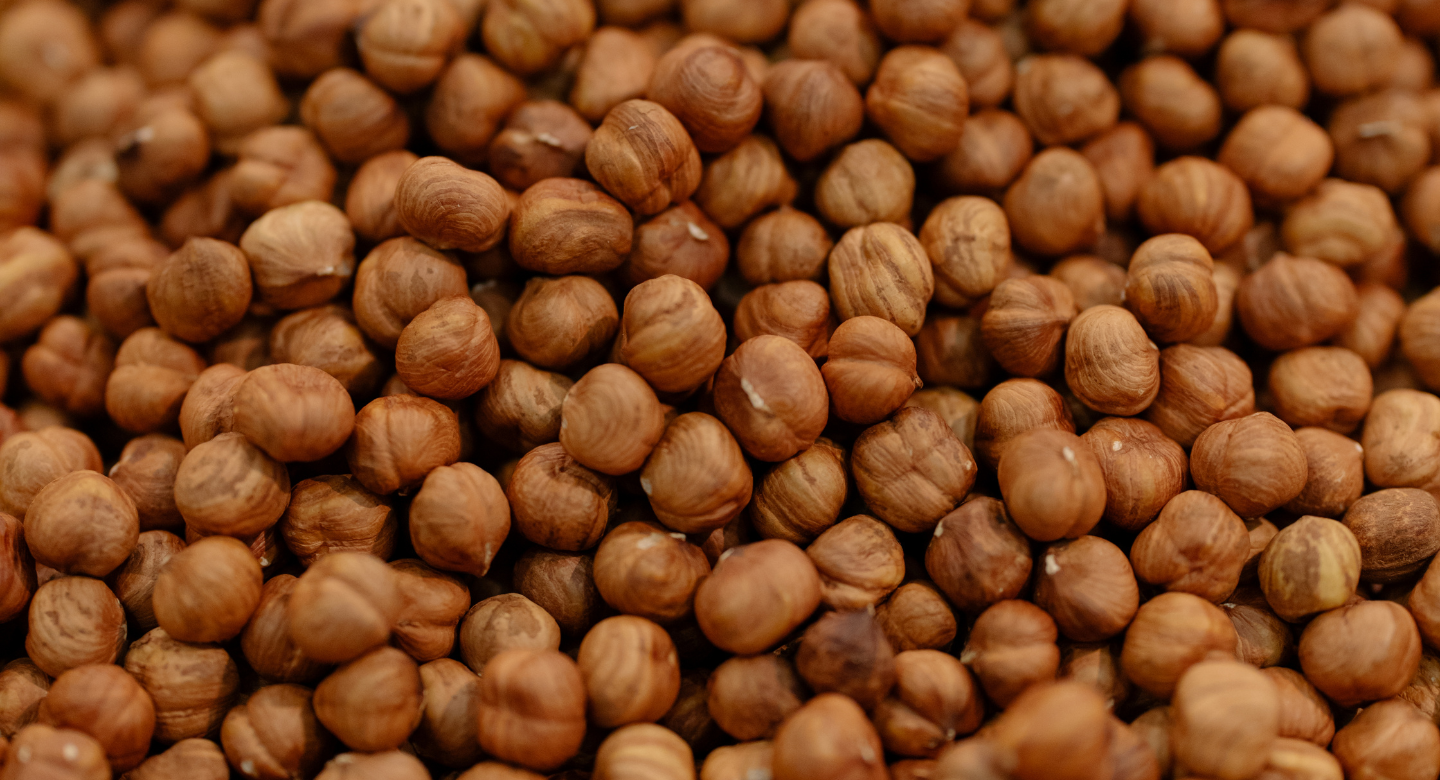
Dried edamame offers:
- 14g protein per 1/4 cup
- Satisfying crunch
- Portable, no-mess snacking
Roasted chickpeas provide:
- 7g protein per 1/4 cup
- Various flavor options
- Long-lasting energy
Both options store well in all weather conditions. They won’t melt like chocolate or get crushed like chips. This makes them a reliable plant-based protein for trekkers in various environments.
Make your own flavored versions before your trip. Try spicy, savory, or lightly sweetened variations. The variety prevents snack fatigue during long treks.
7. Quinoa
Quinoa stands out among grains as one of the best plant-based protein sources for trekkers. It cooks relatively quickly and contains all nine essential amino acids. This makes it a complete protein.
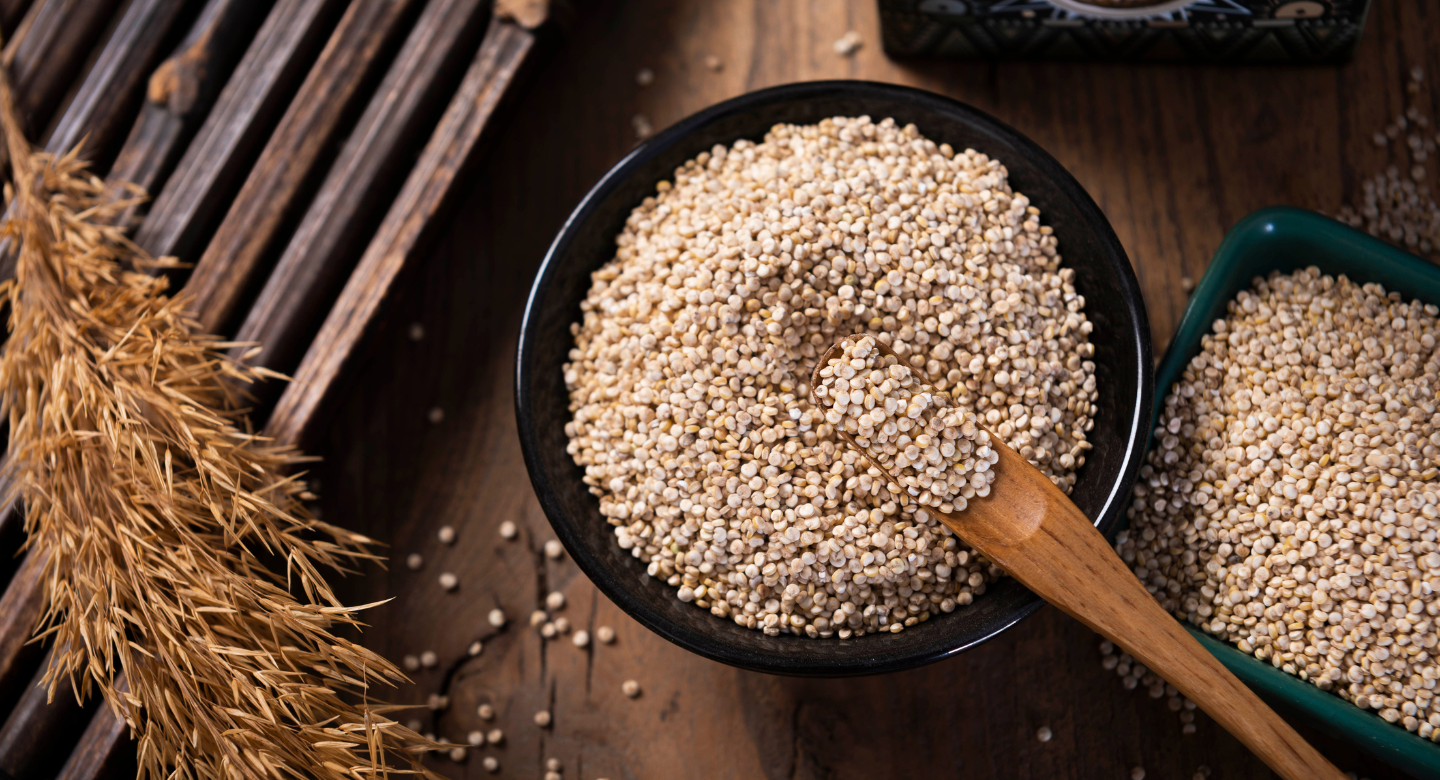
Pre-cooked dehydrated quinoa requires just minutes to prepare on the trail. Add hot water, wait, and enjoy. Some companies offer quinoa in ready-to-eat cups.
One cup of cooked quinoa provides:
- 8g protein
- 5g fiber
- Essential minerals like magnesium and zinc
- Complex carbohydrates for sustained energy
Combine quinoa with dehydrated vegetables and seasonings. Add olive oil packets for healthy fats and calories. This creates a balanced meal to refuel after a demanding day on the trail.
8. Seitan (Wheat Gluten)
For non-gluten-sensitive trekkers, seitan offers impressive protein content. It’s among the most protein-dense plant foods available. Its chewy texture satisfies the desire for substantial food.
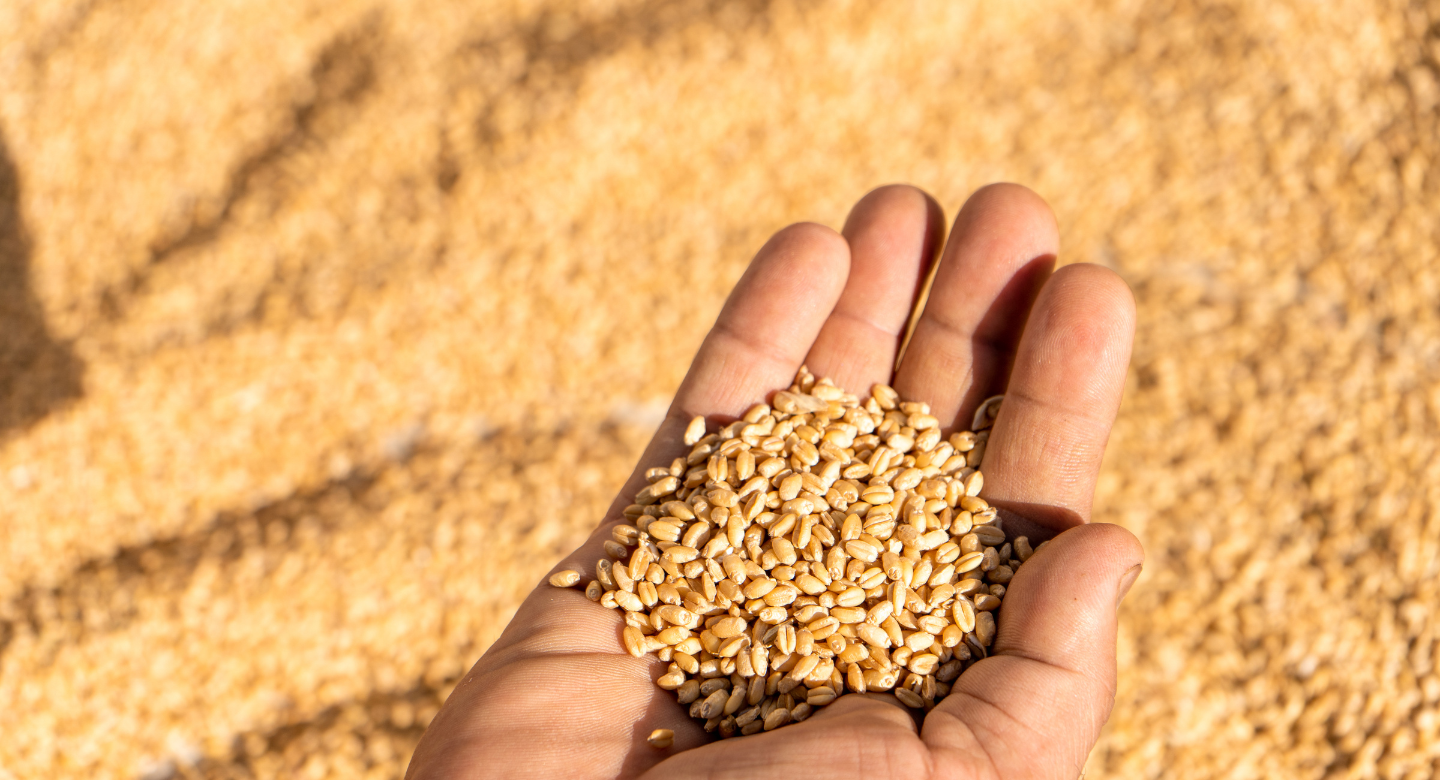
Seitan provides:
- 25g protein per 3.5oz serving
- Hearty, meat-like texture
- Ability to absorb flavors from seasonings
Pre-made seitan jerky makes an excellent trail snack. The dehydrated form is lightweight and keeps well without refrigeration. It provides plant-based protein for trekkers looking for convenient options.
You can also find freeze-dried seitan meals. These rehydrate quickly at camp. They offer substantial protein without the preparation time.
9. Hemp Hearts (Shelled Hemp Seeds)
Hemp hearts deserve recognition among the best plant-based protein sources for trekkers. These tiny seeds pack impressive nutrition. They require no preparation and add texture to many foods.

Three tablespoons of hemp hearts contain:
- 10g protein
- 15g healthy fats
- Magnesium, iron, and zinc
- Omega-3 fatty acids
Sprinkle hemp hearts on oatmeal or add to trail mix. Mix them into instant mashed potatoes for extra nutrition. Their mild, nutty flavor works with both sweet and savory foods.
The small size and lightweight nature make hemp hearts ideal for backpacking. Store them in a small container or reusable bag. They won’t take up precious pack space.
10. Dehydrated Tofu and Tempeh
Dehydrated versions of these soy products create lightweight protein options. They rehydrate well and absorb flavors from sauces and seasonings. Both are excellent plant-based proteins for trekkers who can cook meals.
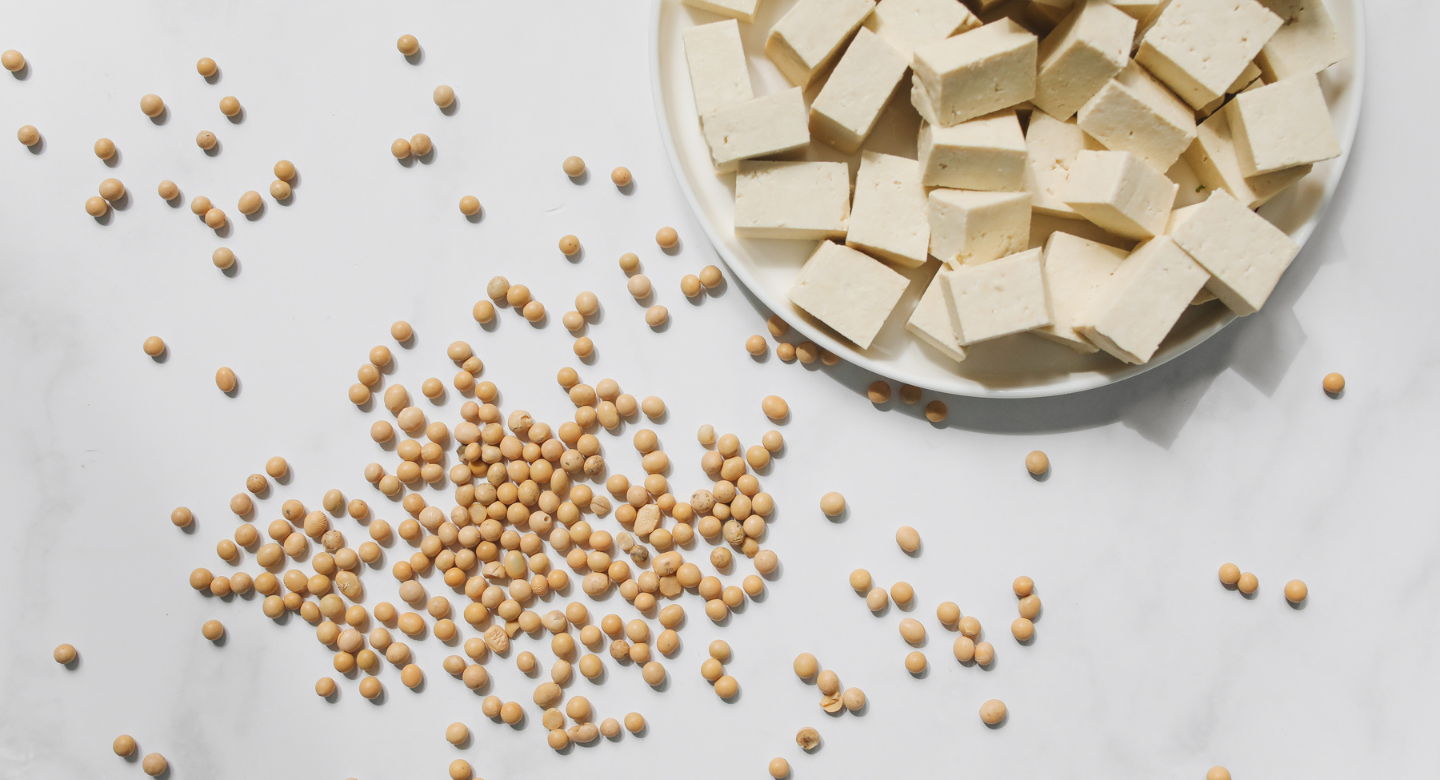
Dehydrated tofu provides:
- 8g protein per ounce (dry weight)
- Neutral flavor that works with many cuisines
- Various texture options (firm, extra firm)
Dehydrated tempeh offers:
- 16g protein per ounce (dry weight)
- Nutty flavor
- Probiotics for digestive health
Rehydrate these proteins in boiling water or add them directly to soups and stews. They absorb the cooking liquid and flavors of your dish. This creates satisfying, protein-rich trail meals.
Meal Planning with Plant-Based Protein for Trekkers
Creating balanced meals is essential for sustained energy. Combine several of the best plant-based protein sources for trekkers in your meal plan. This ensures adequate nutrition throughout your adventure.
Breakfast Ideas
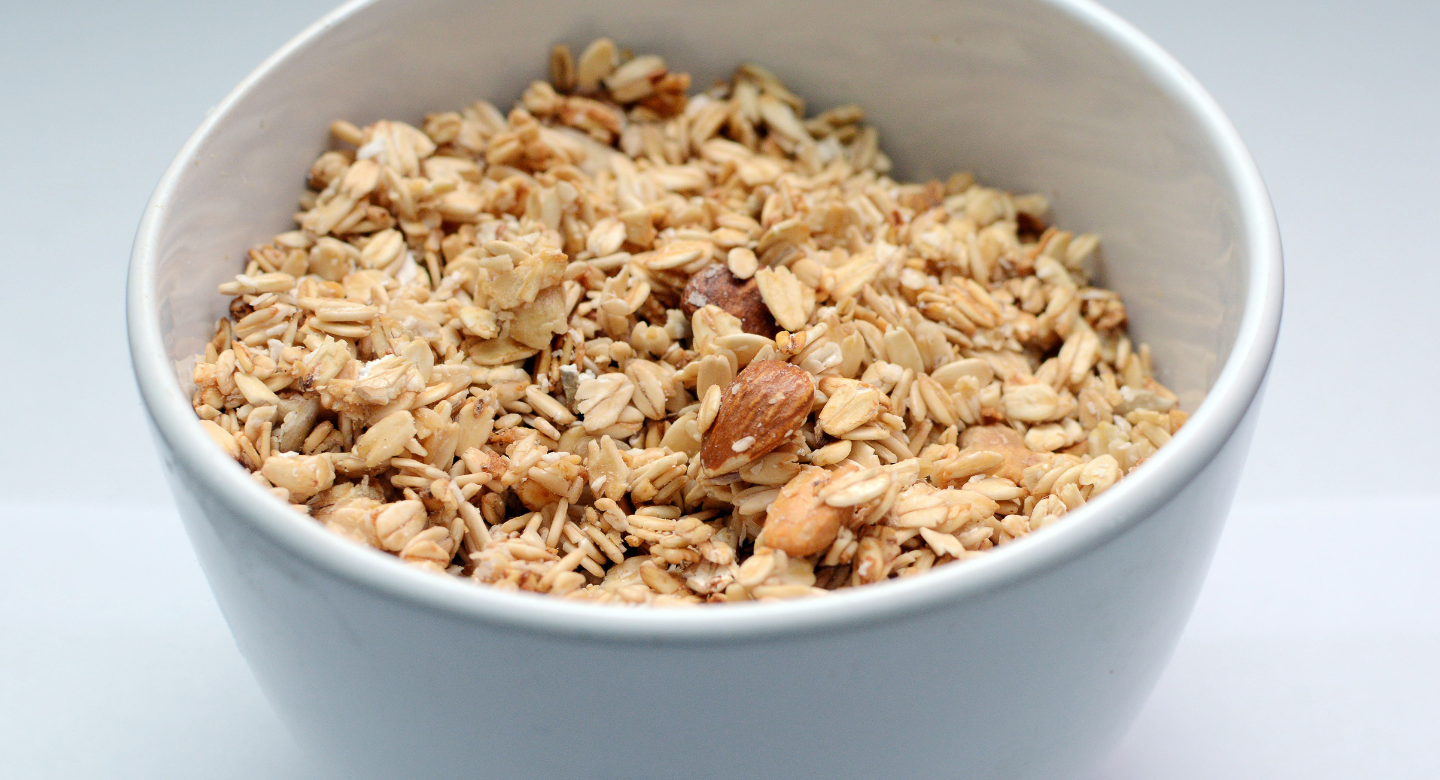
Start your day with protein-packed options:
- Overnight oats with protein powder and nuts
- Instant quinoa flakes with dried fruit and hemp hearts
- Chia seed pudding prepared the night before
- Pancake mix with added protein powder
Morning protein helps maintain energy levels during early hiking hours. It prevents the mid-morning crash that can slow your pace.
Lunch Options
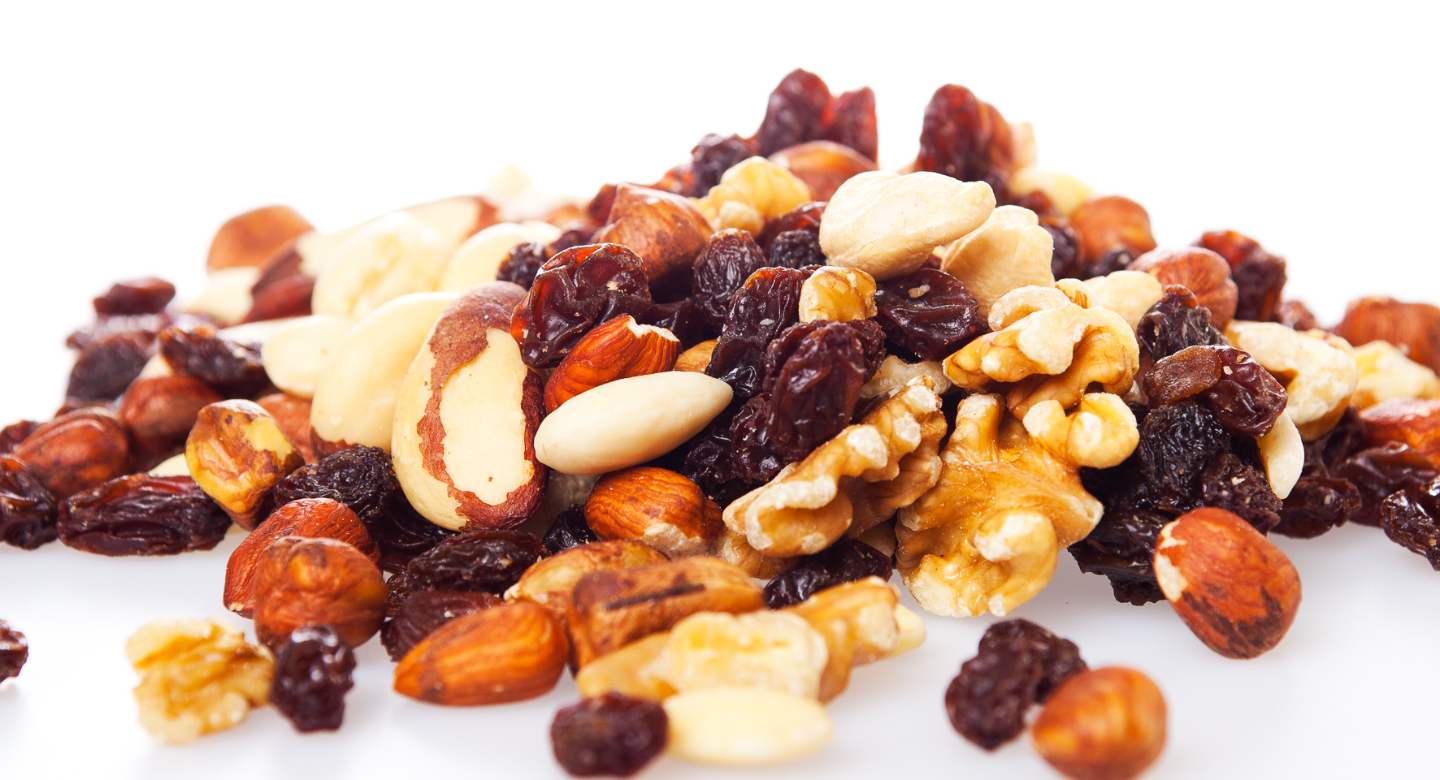
Midday meals should be quick and require minimal preparation:
- Tortillas with nut butter and nutritional yeast
- Pre-made energy bars with plant protein
- Trail mix with extra nuts and seeds
- Crackers with dehydrated hummus
Lunch provides the fuel to continue your afternoon trek. The best plant-based protein sources for trekkers at lunch are those requiring no cooking.
Dinner Recipes
Evening meals can be more elaborate when you’ve set up camp:
- Dehydrated lentil soup with nutritional yeast
- TVP chili with beans and quinoa
- Pasta with rehydrated tempeh and vegetables
- Couscous with roasted chickpeas and olive oil
Dinner replenishes protein stores after a full day of hiking. This supports overnight muscle recovery and prepares you for the next day’s trek.
Nutritional Considerations for Plant-Based Trekkers
While focusing on the best plant-based protein sources for trekkers, consider other nutritional needs. Complete nutrition supports optimal performance on the trail.
Caloric Density
Trekkers need 3,000-5,000 calories daily, depending on:
- Trail difficulty
- Distance covered
- Weather conditions
- Pack weight
Plant-based foods sometimes contain fewer calories per ounce. Increase portion sizes or add healthy fats to meet energy needs.
Complete Proteins
Some plant-based protein sources lack certain amino acids. Combine complementary proteins throughout the day:
- Rice and beans
- Nuts and whole grains
- Seeds and legumes
This ensures your body receives all essential amino acids. Many of the best plant-based protein sources for trekkers already contain complete proteins.
Micronutrients
Long treks increase certain micronutrient needs:
- Iron – for oxygen transport
- B vitamins – for energy metabolism
- Zinc – for immune function
- Calcium – for bone health
Include a variety of plant foods to meet these needs. Consider a multivitamin for extended trips.
Packing and Preservation Tips
Proper storage ensures your plant-based protein for trekkers stays fresh and safe. Consider these strategies when packing:
Weight Management
Dehydrated and freeze-dried options reduce weight significantly:
- Remove commercial packaging and use ziplock bags
- Pre-portion meals to avoid carrying excess
- Choose calorie-dense foods to minimize weight loss
Remember that water adds significant weight to your pack. Balance the packed food weight against the water needed for rehydration.
Food Safety
Prevent spoilage with these practices:
- Use airtight containers for nuts and seeds
- Add oxygen absorbers to extend shelf life
- Keep powders dry in double-bagged containers
- Follow proper rehydration instructions
In warmer weather, consume perishable items early in your trek. Save shelf-stable options for later days.
Minimizing Waste
Responsible trekkers minimize packaging waste:
- Repackage store-bought items in reusable containers
- Use silicone bags instead of disposable plastic
- Carry out all trash, including food scraps
- Consider compostable packaging when available
Proper planning reduces both weight and environmental impact. The best plant-based protein sources for trekkers often come with minimal packaging.
Adapting to Different Trek Durations
Your protein needs and packing strategy vary based on trek length. Adapt your approach accordingly.
Day Hikes
For shorter adventures:
- Focus on ready-to-eat options
- Pack slightly more than you think you’ll need
- Include protein-rich recovery snacks for the end
Simple options like trail mix and energy bars often suffice. Fresh food works well for single-day outings.
Weekend Treks
For 2-3 day journeys:
- Balance fresh and dehydrated foods
- Plan specific meals for each day
- Include a variety of protein sources
Weekend treks allow for some fresh food on the first day. Transition to more shelf-stable options as the trip progresses.
Long-Distance Trekking
For extended adventures:
- Rely heavily on dehydrated and freeze-dried options
- Plan resupply points if possible
- Rotate protein sources to prevent taste fatigue
- Calculate precise protein needs to avoid carrying excess
Mail drop boxes can provide fresh supplies at predetermined points. This allows variety without carrying excessive weight.
Environmental Impact of Your Protein Choices
The best plant-based protein sources for trekkers also benefit the environment. Consider these factors when selecting your trail nutrition:
- Carbon footprint of production
- Water usage in processing
- Packaging waste
- Transportation impacts
Plant proteins generally require fewer resources than animal products. This aligns with the “leave no trace” principles many trekkers follow.
Locally sourced ingredients further reduce environmental impact. When possible, prepare your trek food from bulk ingredients. This minimizes packaging waste and transportation emissions.
Conclusion
The best plant-based protein sources for trekkers provide nutrition, convenience, and energy for your adventures. From lightweight nuts and seeds to versatile protein powders, plant-based options suit various trekking styles and durations.
Proper planning ensures adequate protein intake on the trail. Combine different plant-based proteins for trekkers to create balanced, satisfying meals. This supports muscle recovery and sustained energy throughout your journey.
With these protein-rich foods in your pack, you’re ready to tackle challenging trails with confidence. Plant-based nutrition provides all the protein needed for peak performance. Happy trekking!
Explore More Such Blog
Importance of Protein During Treks: Muscle Repair and Energy
High-Energy Snacks for Trekking: An Indian Perspective
Best Indian Food for Recovery After Trekking
Frequently Asked Questions (FAQs) on Best Plant-Based Protein Sources for Trekkers
How much protein do I need while trekking?
Active trekkers typically need 1.2-1.6 grams of protein per kilogram of body weight daily. This increases with trek difficulty and duration.
Can I get complete proteins from plant sources?
Yes! Many of the best plant-based protein sources for trekkers contain all essential amino acids. Others can be combined to create complete proteins.
What’s the lightest weight plant protein for backpacking?
Protein powders and nutritional yeast offer the highest protein-to-weight ratio. Dehydrated legumes and TVP follow closely behind.
How do I prevent protein powders from clumping?
Use a small portable shaker bottle or jar with a tight-fitting lid. Some trekkers use wire whisk balls for better mixing.
What plant proteins require no cooking?
Nuts, seeds, protein powders, nutritional yeast, and pre-made protein bars need no preparation. These are convenient for quick energy on the trail.
How can I make trail meals more interesting?
Pack small containers of spices, dried herbs, or sauce packets. These add minimal weight but transform basic meals into satisfying cuisine.
Is soy protein safe for long-term use?
Moderate soy consumption is considered safe for most people. Vary your protein sources for nutritional balance rather than relying solely on soy.
How do I calculate how much food to pack?
Estimate daily calorie needs (typically 3,000-5,000 for trekkers). Plan meals to meet these needs while ensuring 1.2-1.6g protein per kg of body weight.




